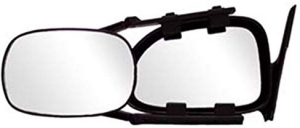-
Welcome to Tacoma World!
You are currently viewing as a guest! To get full-access, you need to register for a FREE account.
As a registered member, you’ll be able to:- Participate in all Tacoma discussion topics
- Communicate privately with other Tacoma owners from around the world
- Post your own photos in our Members Gallery
- Access all special features of the site
Weight Distribution Hitch
Discussion in 'Towing' started by knayrb, May 31, 2012.


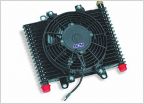 Harmful towing?
Harmful towing?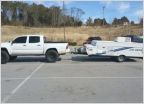 Which drop mount
Which drop mount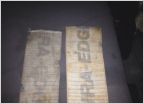 Tow strap
Tow strap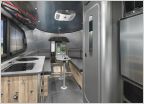 Off-road Camper Trailer for family of five
Off-road Camper Trailer for family of five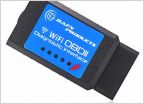 Monitoring transmission temp
Monitoring transmission temp

